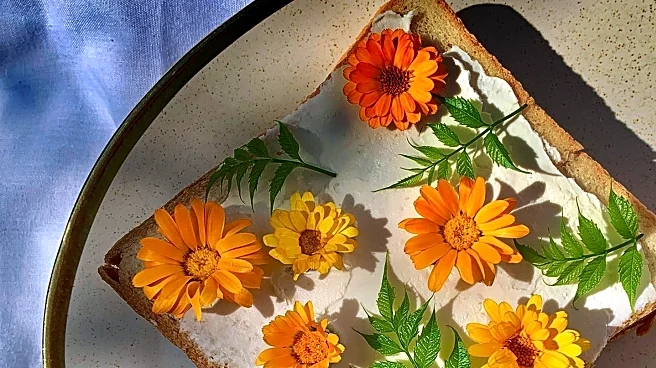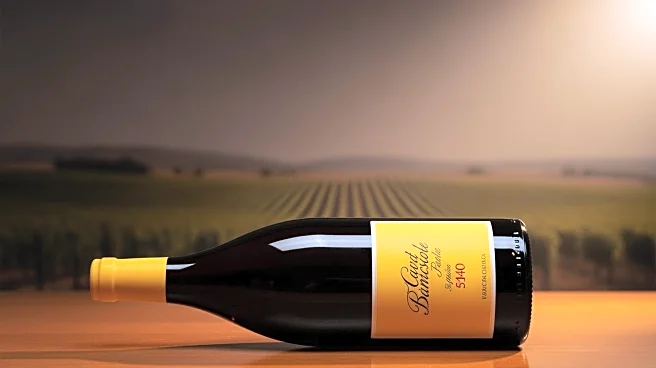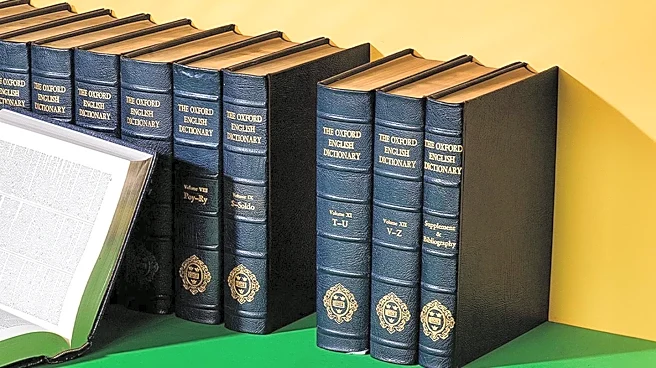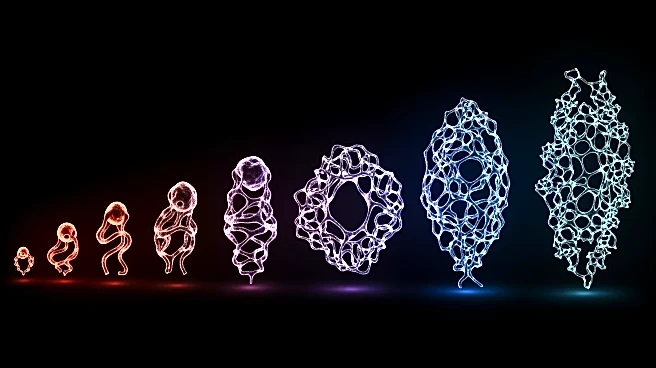What's Happening?
The concept of 'toast' has evolved over centuries, originating from the practice of adding charred bread to wine to improve its taste. Historically, toasting involved raising glasses in honor of individuals
or events, a tradition that dates back to ancient times. The term 'toast' also refers to the person being honored, a usage that emerged in the late 17th century. This practice was popularized by figures such as William Shakespeare, who referenced it in his works. The act of toasting symbolizes unity and celebration, often accompanied by the clinking of glasses and expressions of goodwill.
Why It's Important?
Toasting is a cultural ritual that fosters social bonds and celebrates significant occasions. It reflects historical practices of communal drinking and the evolution of social customs. Understanding the origins of toasting provides insight into how language and traditions develop over time. The practice of toasting has implications for social gatherings, influencing how people interact and celebrate together. It also highlights the role of alcohol in cultural rituals and its impact on social dynamics.
Beyond the Headlines
The tradition of toasting has ethical and cultural dimensions, as it involves communal participation and expressions of goodwill. It raises questions about the role of alcohol in social rituals and its effects on behavior. The historical context of toasting reveals shifts in societal norms and the influence of language on cultural practices. The evolution of the term 'toast' from a literal to a metaphorical sense illustrates the power of language in shaping cultural traditions.











